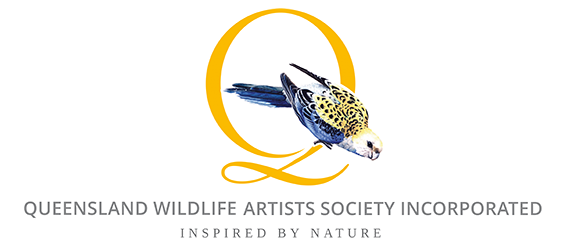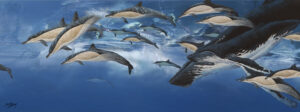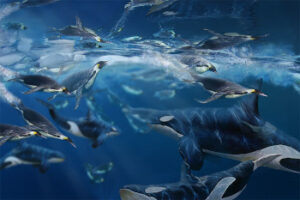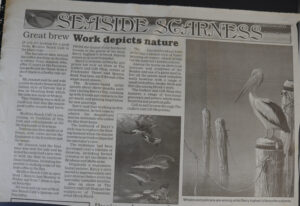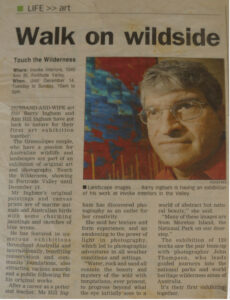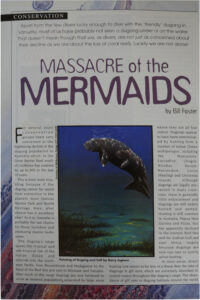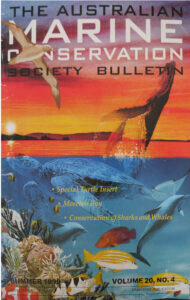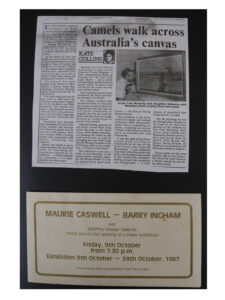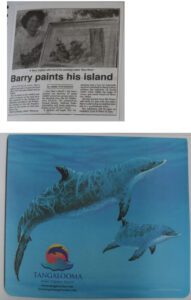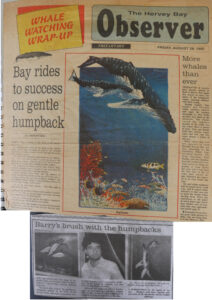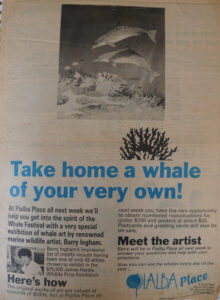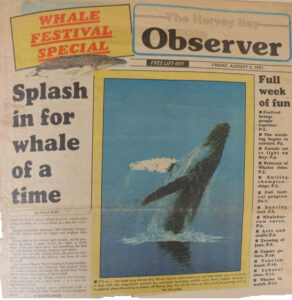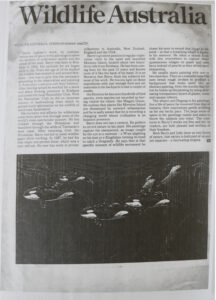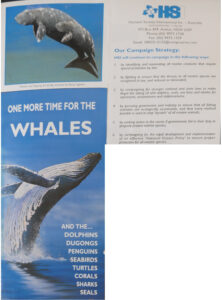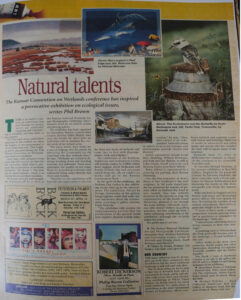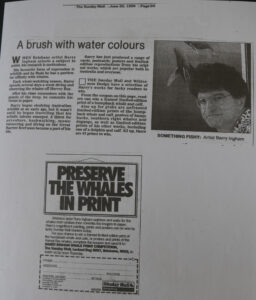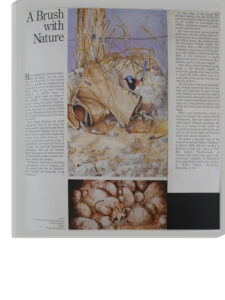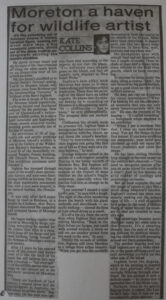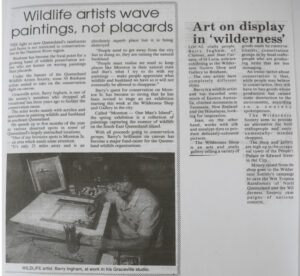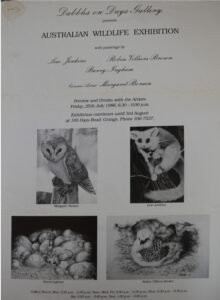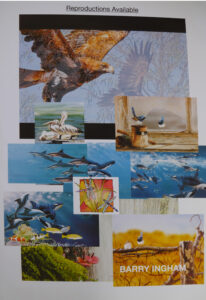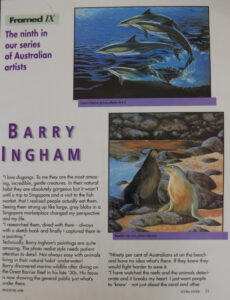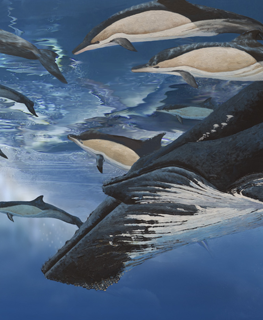
Barry Ingham
Exhibiting Artist
A world in it self
The art and life of BARRY INGHAM
My life now at the age of Seventy and after a life time of art, has inspired me to look at the future of our wonderful wildplaces and the wildlife in it.
As a young lad of Six I started by drawing anything I could see. Living in an outer suburb of Brisbane there were plenty of birds to watch. I became compelled to draw wildlife that was abundant around the school at Taringa State and eventually, at fourteen, moved on to Indooroopilly High where there was lots of natural vegetation and birdlife. During sports period every Wednesday afternoon, instead of playing cricket, I spent time drawing in the paddock down the back of the school grounds. This was a wonderful time in my life. This gave me the grounding in observation and then in the painting of creatures in their natural habitats. After completing school, I joined the local National Parks Association, through which I became involved in bushwalking, rock climbing and eventually mountaineering, taking me to various parts of the world. My interest in Marine conservation and art occurred in my early twenties, during a visit to Moreton Island off the coast of Queensland. I was enthralled by the sight of dugongs and dolphins in their natural environment. After an interval of 9 years during which I worked with the Stock broking firm of Corrie & Co and in another four jobs, my interest in art and wildlife conservation led me towards becoming a full-time marine wildlife artist.
In 1984 I established my own company, Wilderness Design and Drawing, through which I marketed my original art works as well as high quality reproductions. These then were produced as limited-edition prints, and the paintings were then used as reproductions for calendars, posters and post-cards and a number of different commercial products. Now! Wilderness Design is a pty.Ltd. Company producing both my work and my wife Ann’s photographic reproductions. Each year I try to donate as many prints and original paintings towards conservation orginisations to help finance these groups.
Although largely self-taught, in my teens, I completed a two-year correspondence course with the Melbourne Institute of Commercial Art. Much of my art ‘education’ has been through talking with other artists, observing closely the completed art in galleries and, to a great extent, through my own experimentation. My preference is for acrylic paints, which can range in density and texture from opaque and thick through a range of intense colour to a transparent liquid, so the magic of the paint can work on a canvas or through to water colour paper. I have however, used all other mediums over the last 40 odd years that I have been painting. In my sculptures, I love to use sandstone and bronze.
A lot of my procedures were learnt by trial and error, through books, and through watching and talking with other artists. My first experience in producing a painting led to the State Gallery in Brisbane where I sat down and looked intensely at a landscape by The English Artist “William Turner”. Pondering over this painting for some time, I said to myself “I can do that”. Going home after a wondrous day at the gallery I realised it was not as easy as I thought. However, after many years I perfected my own style of painting wildlife art. With respect to my reproductions, this involved becoming knowledgeable about the printing industry and mastering the various computer softwares to create these reproductions.
I get my inspiration from wildlife and its fragility. I like to produce works that inspire others to become interested in the natural world and the protection of this fragile environment.
My curiosity and affinity with wilderness areas have taken me to some of the worlds most beautiful and rugged places. I have walked throughout the Himalayas, Africa, England, South America and the wilds of my Home Country Australia including Tasmania and many wild places of our unique Australian Coastline. Always with sketchpad and a camera of some sort close by, the solitude inspires me to attempt to capture those wonderful “FLEETING MOMENTS” that nature presents. One memorable encounter was with a magnificent rare snow leopard, high in the Himalayas when we were walking in a remote region on a climbing trip in 1976.
Yet one of my most inspiring places is right on my doorstep, the beautiful Moreton Island and its environment. I have visited this wonderful wilderness for many years, usually by myself or with my wife Ann. Equipped with backpack and sketchpad, we would take the ferry to the Island and then just disappear into its wild beauty for a week at a time. The birdlife and marine life there are just amazing.
I am a keen still and video photographer, and using photographic references, and most importantly field sketches, much of my work is drawn from these sources, as well as my memory and anything I can get my hands on. What I am looking for is the unexpected moments that you can only catch instantaneously with the eye. An example would be a humpback whale breaching in that split second. When I see a moment like that, I close my eyes and turn away. You get the image in that first instant: draw it straight away. If you keep watching too long, your mind gets cluttered with too many moments and ruins the image. So it is that, the fleeting moment, that I try to capture, complete with the mood and the emotion of that moment.
My favourite subjects are marine animals, particularly the mammals. This interest in marine mammals was triggered by my first trip to Moreton Island, about 25 kms offshore from Brisbane. The sight of dugong, dolphins and whales inspired me to capture their beauty. Later, I was fortunate enough to be granted permission with a special permit for a number of years to observe humpback whales and other sea animals in Hervey Bay, a marine sanctuary north of Brisbane. Equipped with an under-water sketchbook and Camera, I would dive for hours as the natural curiosity of these majestic creatures brought them to me. Watching Humpbacks is like watching a ballet being performed underwater.
A moment that is burned into my memory occurred whilst I was observing a humpback as it swam by, looking at me with its giant eye. As it glided past, it lifted its giant pectoral fin so as not to bump and hurt me. This act made me realize how intelligent and gentle these giant creatures are.
PAINTING THE REAL THING
I build up the composition of a painting by using my field study sketches and photographic references. I start with broad rough strokes that initially look more like an abstract painting. And then make a more detailed sketch giving me a design and an impression on what the painting should look like. Getting this overall perspective, I then start building up the painting by using alternating transparent layers of glazes, water and opaque colors using an airbrush, or a simple house paint roller. Depending on the picture I also use masking to mask out areas, for instance a Humpback Whale which helps to build up a 3D impression of depth in the water. This may be done a number of times until I get the intensity and the emotion I am looking for. With respect to the subject, I try to capture the natural grace and freedom of the animals, often in their social context. The use of generous amounts of space in my paintings helps capture the serenity of underwater sea life or the peace of the bush whilst drawing the eye into the subject, suspended in relief within that space.
I have a small studio in which I can set myself away from outside disturbance whilst I concentrate fully on capturing the essence of my subject. The equipment that I find most helpful is an airbrush which I utilize to a great extent to create the background of a painting. I then use a variety of art brushes to get the full impact of the subject I am painting.
As a commercial venture, much of my art has been reproduced as top-quality limited-edition prints and every painting is always photographed with a 100-mega pixel commercial camera for the best image for any reproduction work. This has required me to develop knowledge of the print industry and of software that supports the conversion of my art into print. Mastering these skills is a dimension of my work that is both enjoyable and frustrating.
So my Apple Mac is now an important part of my tool-kit. Using computer graphics enables me to create artistic enhancements that I otherwise could not have imagined. They enable me to move my creativity beyond realism and let me be playful with the images, seeing a new image before I create an original painting. For my underwater sketches, I use a Perspex notepad and china graph pencil. For sketches on land I prefer using ballpoint black pen, since I find pencils are too prone to break in the field and that takes your mind off that fleeting moment.
When starting a piece of artwork, I commence with the background, building up a depth of color using an airbrush. This may require ten or more coats to obtain the intensity and realism of the water’s depth. I then do numerous sketches of the subject (on paper) before deciding how best to position the subject onto the background. My photo-realist style requires great attention to detail. The underwater light effects playing off the mammals and the seabed can be particularly challenging to capture and I find it very satisfying to get this right.
I have studied the work of artists from the Renaissance all the way through to present realists. My favorite realist artist is Robert Bateman; one of Canada’s first and foremost wildlife artists. I am also influenced by an awareness of the fragility of our environment and a desire to enhance people’s appreciation of natural beauty, in the hope that it will be protected for our children.
An artist needs to develop an infinite patience to be able to sit and observe wildlife. A love of wildlife and a willingness to put up with discomfort and a sense of adventure that leads one to unusual places are probably all prerequisites.
Unless you are blessed with independent income, it is also useful to be at least somewhat commercially savvy. I have found that high quality reproductions enable me to get a modest return on some of my best pieces. Sometimes I sell the originals; sometimes I don’t, preferring to keep some paintings for my own pleasure whilst marketing the artist’s proofs and prints.
When I first started painting, I looked at local galleries and talked to other artists to see how they marketed their work. In this way, I found out what avenues were available for artists to display and sell their works. Originally, I sold through galleries and exhibitions. Self-promotion, talking to journalists, getting your work into magazines and into national exhibitions and then international exhibitions all proved helpful.
“One all important thing is the passion to create what ever you want to do ”
I joined up with other artists to organize exhibitions, becoming President of the Queensland Wildlife Artists Society provided excellent opportunity to promote the work of artist members and also to use our art to spread the conservation message.
For anyone starting out in painting, it is necessary to keep your prices at a consistent level, which will generate demand and give you exposure. You can then lift them as demand dictates. Try to avoid having different price settings in two different outlets at the same time. Remember, it doesn’t matter what you think your work is worth, it matters what the market thinks it is worth. With realism art, even a lay person can appreciate the level of detail and hence the skill required, so price yourself accordingly.
Since my first painting of a bird I have been watching the decline of the natural world. The importance of protecting wildlife is one thing to look at, the other is to clean up and protect our ecosystems and our biosphere. The need is NOW !!!!
CHEERS
BARRY INGHAM
- Dolphins and Humpback Whales
- Barry Ingham
